Four-Sink-Base Tessellation and arbitrary pixel images
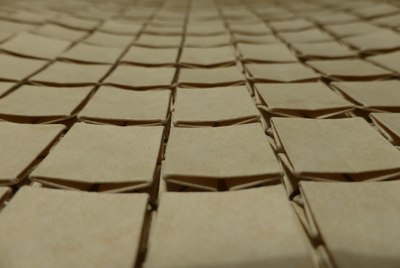
This is a molecule I came up with independently with many other designers. By itself, it is not very interesting, but it makes a good starting point for more refined designs such as Saturn Tessellation or this example from flickr or this one.
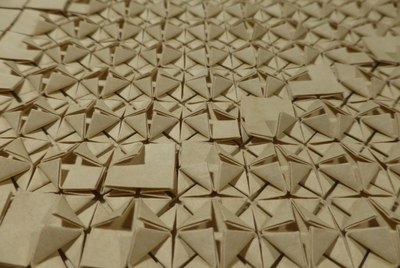
The molecule looks like a flat square. Its four corners can each be folded up independently and this way one can create pixel-like images. By folding a corner, you modify the appearance of just one fourth of the square, which means that a single pixel takes up 3×3 grid units even though we usually consider the whole square (from 6×6 grid) to be a single molecule. You could also use a complete molecule for a pixel, either folding all four corners or none, but that would require a grid twice as dense, and at 128×92 for Saturn, the grid was already a lot of work to fold.
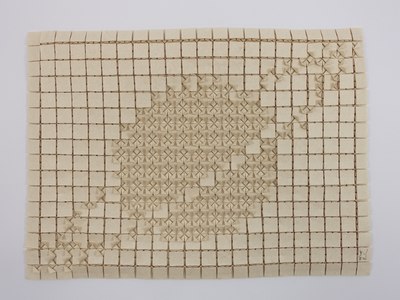
In my case, I prepared a picture of the planet Saturn but any other black and white image is possible. The CP shows the four-sink base with just one corner folded up so that both the “black” and the “white” pixel case is present.

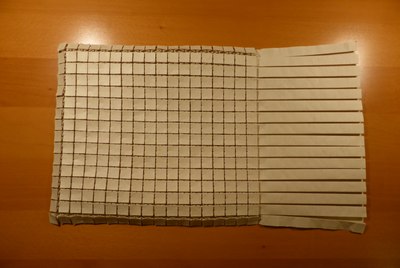
Folding a single molecule (the four-sink base) from the crease pattern (CP) is simple but collapsing multiple rows without crumpling the paper takes some practice. Before you commit many hours to making an image from a huge grid, it’s better to first try making 5×5 molecules from a 32×32 grid (one unit of margin around the whole model). Use the same paper as you plan to use for the big model since the difficulty of collapsing cleanly depends a lot on the paper’s properties. This smaller sample will allow you to practice before you put lots of time into a larger arrangement.
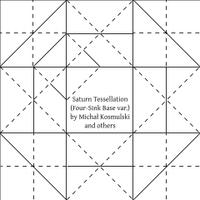
Comments